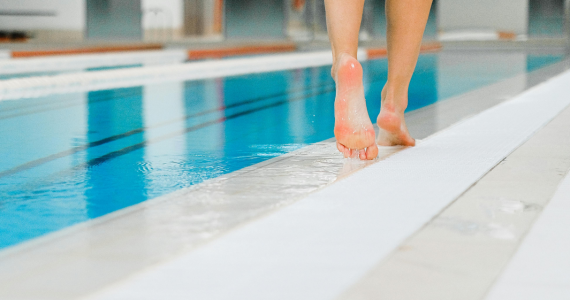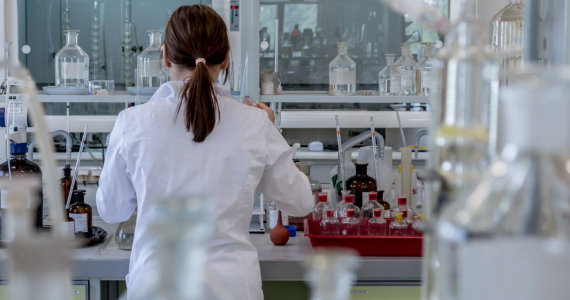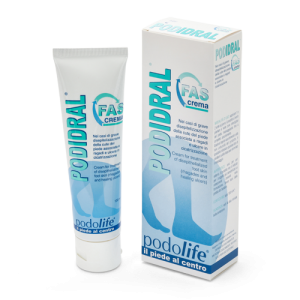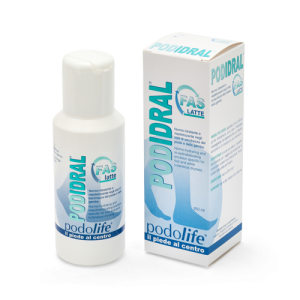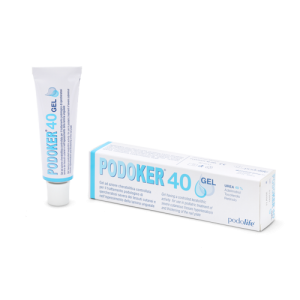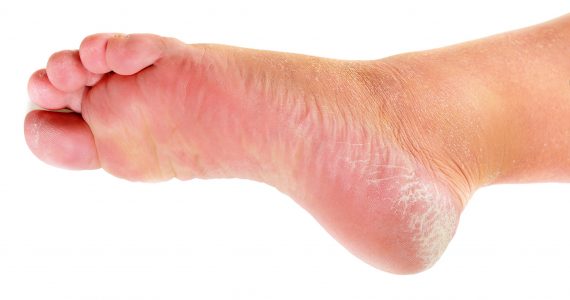
What is Severe skin dryness?
As we get older, the skin and its appendages undergo structural, morphological and functional modifications due to aging, in itself physiological. Prolonged exposure to UV rays (photoaging) also causes changes to the skin, which especially in the elderly lead to excessive dysepithelialization and moderate-severe dryness.
Natural skin aging brings a gradual reduction in the activity of the sebaceous gland, this means a reduction in the amount of sebum produced and consequently a deficit in the fat-soluble fraction of the hydrolipidic film which includes ceramides and cholesterol in an esterified form.
The hydrolipidic film ensures that the stratum corneum retains its elasticity and superficial hydration, guaranteeing normal keratinocytic convergence and at the same time acting as a protective “shield” for the skin especially for the development and sub-epidermal penetration of pathogenic microorganisms.
Whenever there is a lack of sebum and an alteration in the hydrolipidic film (due to an alteration in the sebum produced by the sweat glands and sebaceous glands) the dermo-epidermal tissue (the skin) tends to lose its natural elasticity, becoming dry and over-sensitive. Skin dryness can vary from a very mild form all the way up to extreme xerosis accompanied by severe epidermal dysepithelialization (accentuated skin dryness).
What are the symptoms of Severe skin dryness?
Skin dryness manifests itself with desquamation (skin peeling) and should never be ignored because in the long term it can lead to more serious conditions such as: hypersensitisation, irritation and itching.
What are the cause of Severe skin dryness?
The main causes of dry skin can be:
- Metabolic and hormonal changes. Aging alters the physiological processes of our body and the skin system is no exception.
- Dry air. Dry air together with the cold and the rigours of winter is responsible for dry skin and chapped lips. Central heating kept up too high can also dry the air indoors causing skin dehydration
- Not taking in the necessary nutrients can leave the skin dehydrated. This can be caused by a dietary disorder or by a lack of vitamins A, B or C in the diet.
- Long hot showers. Frequent and long showers can dry out the skin by removing the natural oils from the epidermis.
- Soap
The choice of soap for personal hygiene plays a decisive role in the cause and/or prevention of dry skin. A soap that is too aggressive can in fact not only remove natural oils from the skin but it can also irritate the skin by initially causing dryness and then in the long-term skin damage too. - Food allergies. Food allergies cause chemical reactions that trigger the toxins responsible for skin eruptions and dry skin or can even develop into eczema and/or acne.
- Clothing
Constant exposure of the epidermis to irritating or poor-quality fabric can cause itching and skin dryness; women’s bras are an example of this. - Medicines and Cosmetics. Some medicines can cause skin dryness:
– Medicines for high blood pressure
– Diuretics: increase the disposal of liquids
– Retinoids: used to treat acne
– Foundation makeup, especially the type in powder without oils - Pathologies
The most common ones associated with skin dryness are:- Seborrheic dermatitis. Affects the skin around the eyebrows, eyelids, forehead, nose and ears.
The skin appears dry and cracked causing potential pain and in some cases leading to infection. - Other skin conditions such as: Eczema and Psoriasis
- Diabetes
Badly regulated levels of glucose in the blood can cause dehydration and therefore skin dryness. This pathology can cause ulcers which delay healing and can cause infection.
- Seborrheic dermatitis. Affects the skin around the eyebrows, eyelids, forehead, nose and ears.
Diabetic patients must be monitored by a specialist podiatrist because many pathologies are diagnosed from this important organ: the foot (to find out more read Diabetic Foot )
- Hypothyroidism
Low levels of thyroid hormones can reduce the amount of grease produced by the skin and lead to dry skin and wrinkles.
Other symptoms of this pathology are: tiredness and putting on weight.
Treatment of Severe skin dryness
Skin dryness can vary from a very mild form all the way up to extreme xerosis accompanied by severe epidermal dysepithelialization (accentuated skin dryness with desquamation).
When these conditions are present, especially in the elderly, emollient preparations are useful that hydrate dry skin and reconstitute the altered skin barrier. Preparations for application to the skin are available on the market, containing Traumatic Acid and Biotin, that have a soothing action. These formulations optimise the natural epidermal restructuring compromised by states of severe and persistent skin dryness.
The synergic activity of the Traumatic Acid – Biotin complex promotes the physiological keratinocytic convergence (bio-mechanical action) with a re-vitalising effect on the skin cells compromised by conditions of excessive dryness (in the foot and in the leg), especially in the elderly or in individuals with a predisposition for allergic contact dermatitis.
It is furthermore important to enrich the formulations with Hyaluronic acid and Sodium Pyroglutamate for the purpose of guaranteeing the hydrating effect, at the same time aiding the normal recovery of the skin’s hydrolipidic barrier.

